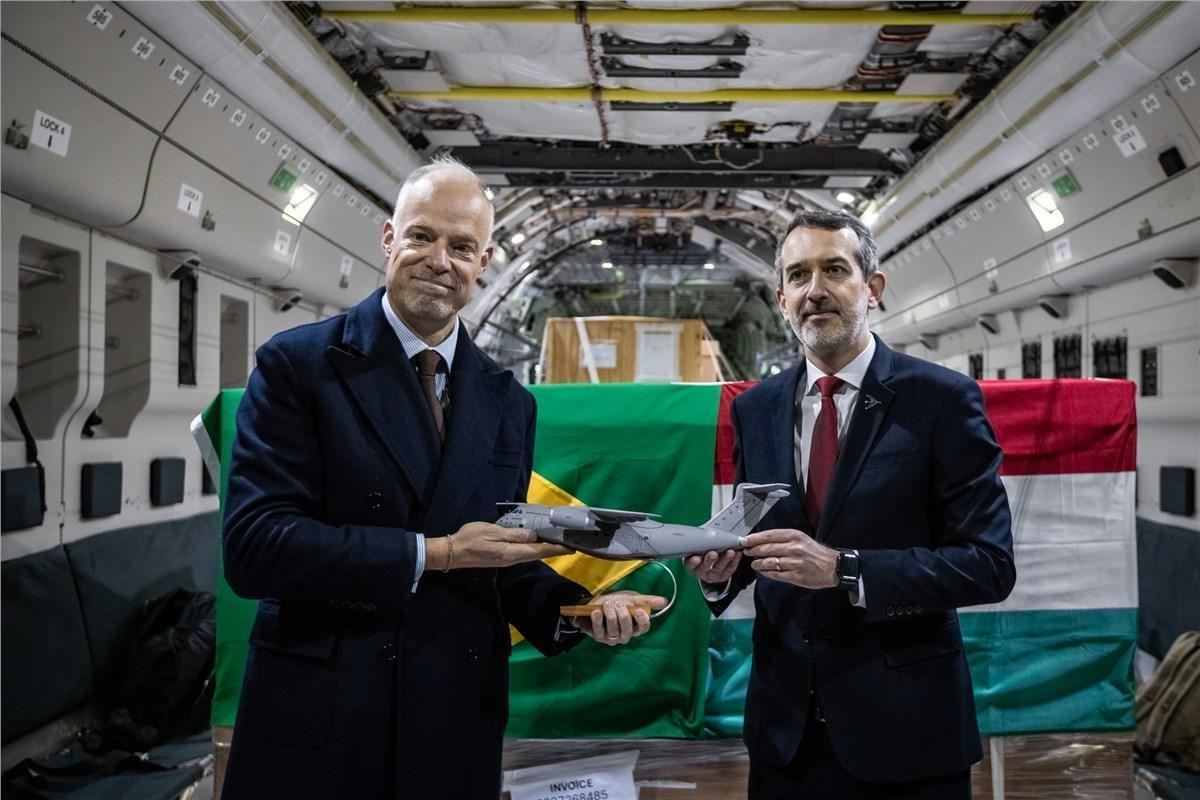
AeroGenie — Votre copilote intelligent.
Tendances
Categories
The Boeing Widebody Trijet That Never Took Flight
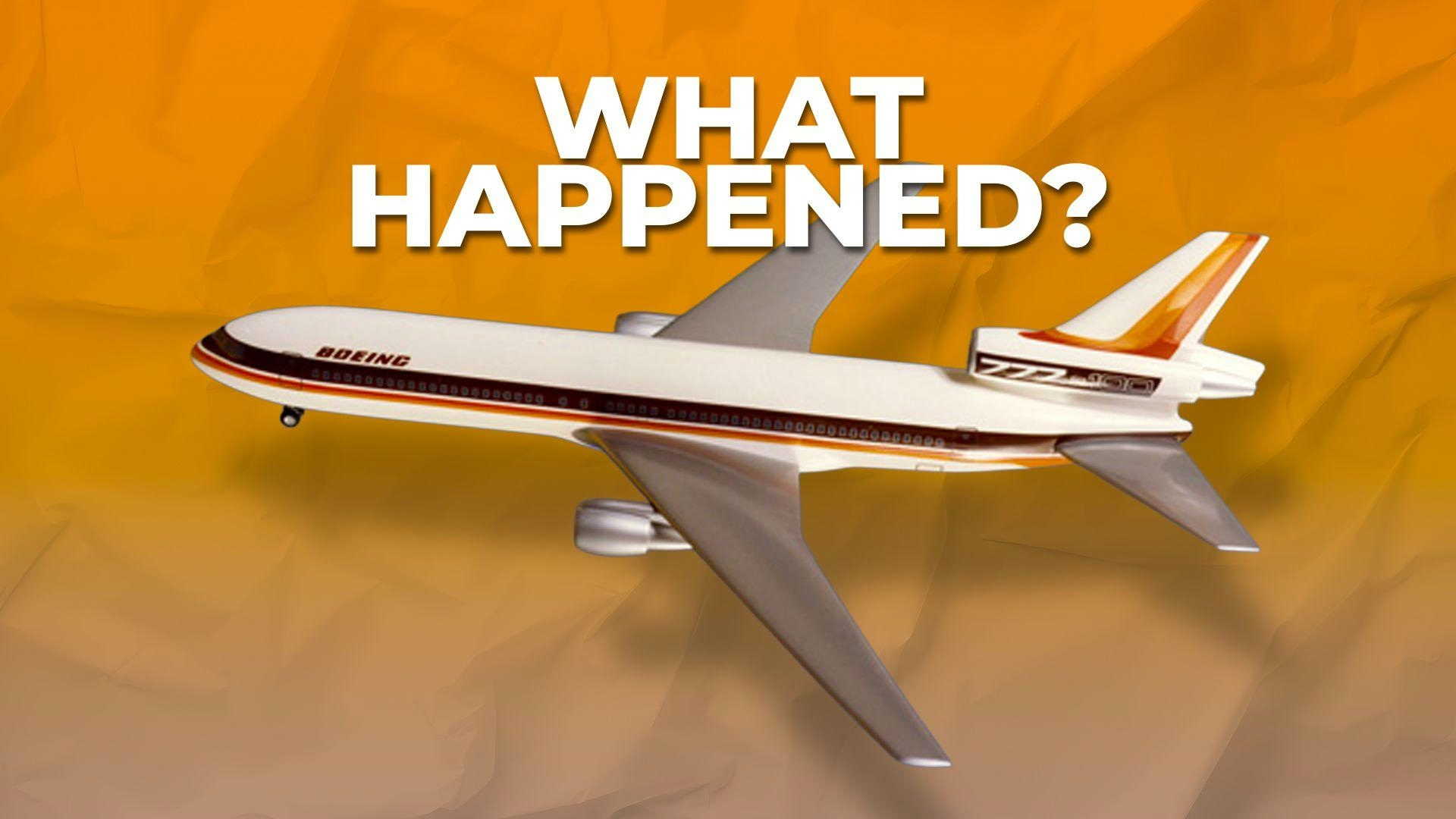
The Boeing Widebody Trijet That Never Took Flight
Boeing, one of the world’s foremost commercial airliner manufacturers, employs nearly 50,000 people globally and reported revenues approaching $33 billion in 2024. Headquartered in Renton, Washington, the company maintains major manufacturing and service facilities in Everett, Washington, and Charleston, South Carolina. Its commercial aircraft division is celebrated for pioneering advancements, producing iconic models such as the narrowbody 737, the 767, the 777—the largest twin-engine jet in the world—and the technologically advanced 787 Dreamliner.
Despite a history marked by innovation and industry firsts, not all of Boeing’s concepts reached fruition. Among the most notable unrealized projects was a widebody trijet airliner, envisioned as variants of both the 747 and the 777. Although ambitious, these trijet designs never progressed beyond the conceptual stage.
The Evolution of the 747 and the Trijet Idea
The Boeing 747, manufactured from 1968 until 2023, remains one of the most iconic aircraft in aviation history. Distinguished by its partial double-deck design and four powerful turbofan engines, the 747 was the world’s first widebody airliner and earned the moniker “jumbo jet.” Its development was driven by Pan American Airways’ demand for an aircraft more than twice the size of the Boeing 707. The 747’s maiden flight took place in 1969, with commercial service commencing in January 1970 under Pan Am.
Over the years, Boeing introduced several iterations of the 747, including the 747-300, 747-400, and 747-8. However, by the 2010s, demand for the 747 declined sharply, with new orders predominantly coming from cargo operators. This shift reflected broader changes in the aviation market and evolving airline preferences.
The Demise of the Widebody Trijet Concept
Boeing’s proposals for a widebody trijet encountered significant challenges. As the commercial aviation industry evolved, airlines and manufacturers increasingly favored twin-engine widebody aircraft due to their superior fuel efficiency and lower operating costs. The Boeing 777-9, for instance, emerged as a flagship model, securing substantial orders from major carriers such as Cathay Pacific. This trend was further reinforced by intense competition from Airbus, whose twin-engine widebody jets captured a significant share of the market.
The growing preference for efficient twinjets diminished the commercial and technical viability of trijet designs. Consequently, Boeing redirected its strategic focus toward minimizing losses and repositioning its business. Recent initiatives include a potential landmark agreement to sell 500 jets to China, underscoring the company’s commitment to modern, efficient aircraft designs and a departure from older, less competitive concepts.
A Legacy of Bold Innovation
Although the Boeing widebody trijet never materialized, its development underscores the company’s readiness to explore ambitious ideas, even those that ultimately proved impractical. Boeing’s enduring legacy lies in its ability to adapt to shifting market demands, maintaining its leadership in commercial aviation through continuous innovation and strategic realignment.
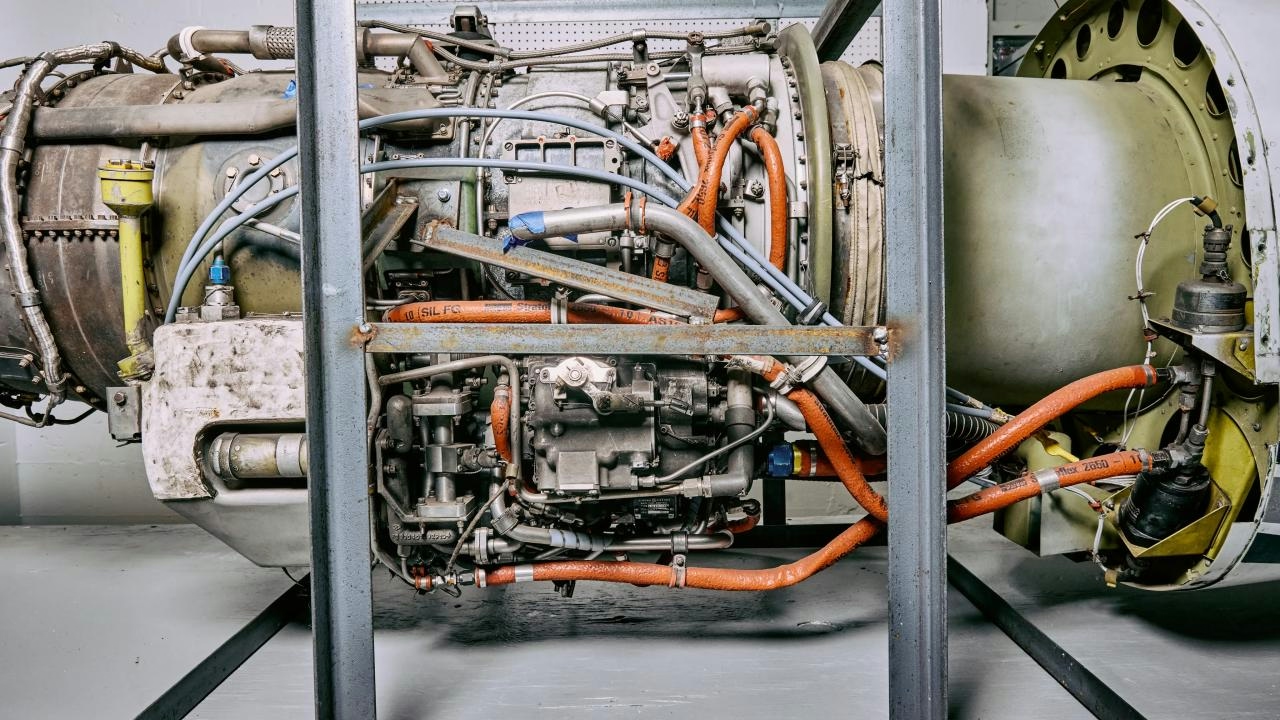
Aviation Maintenance, Repair, and Overhaul Sector Set for Growth
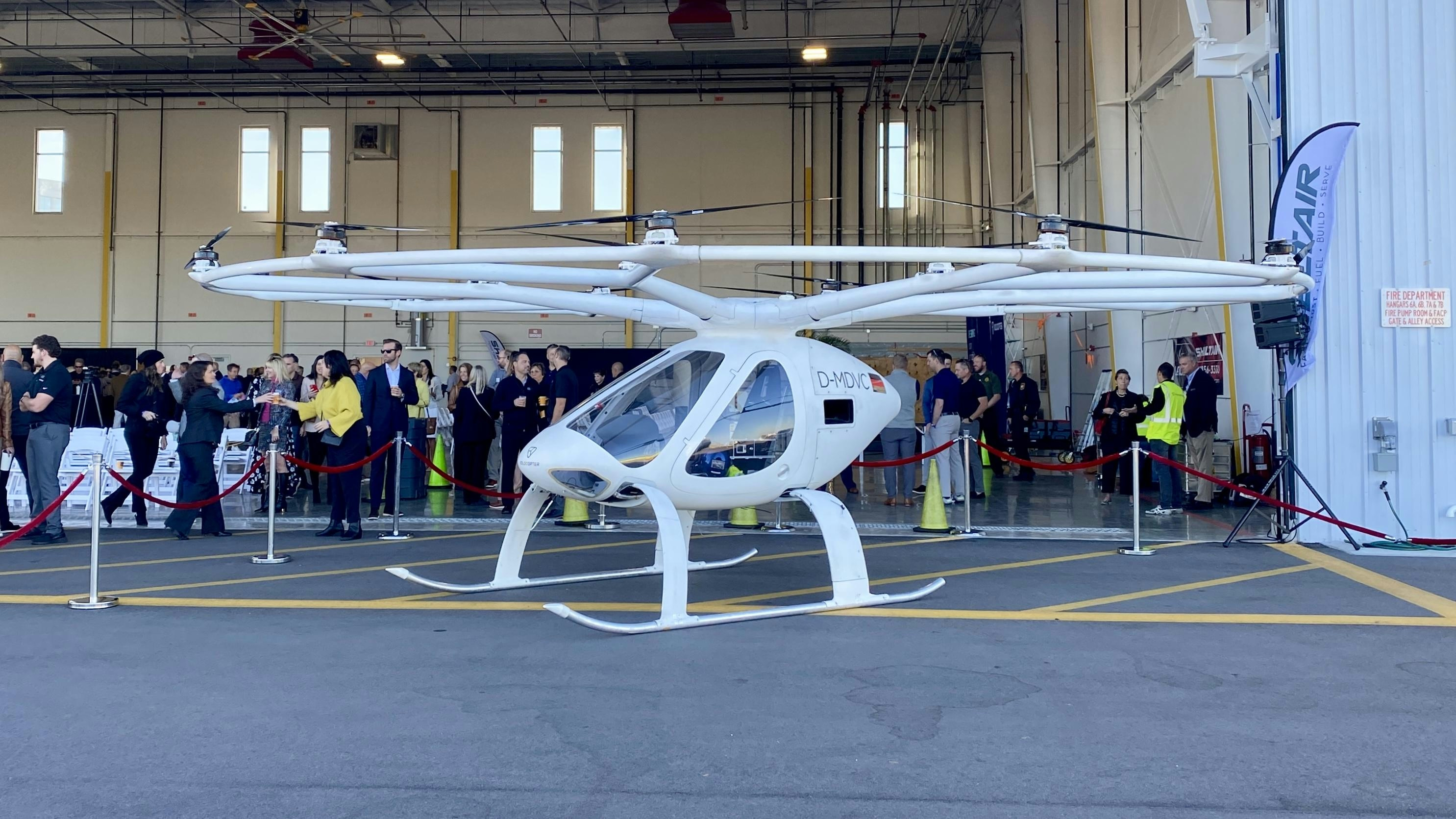
Central Florida Emerging as Leading Location for Future Air Taxis

Dassault Aviation and Thales Partner on AI for Future Air Combat
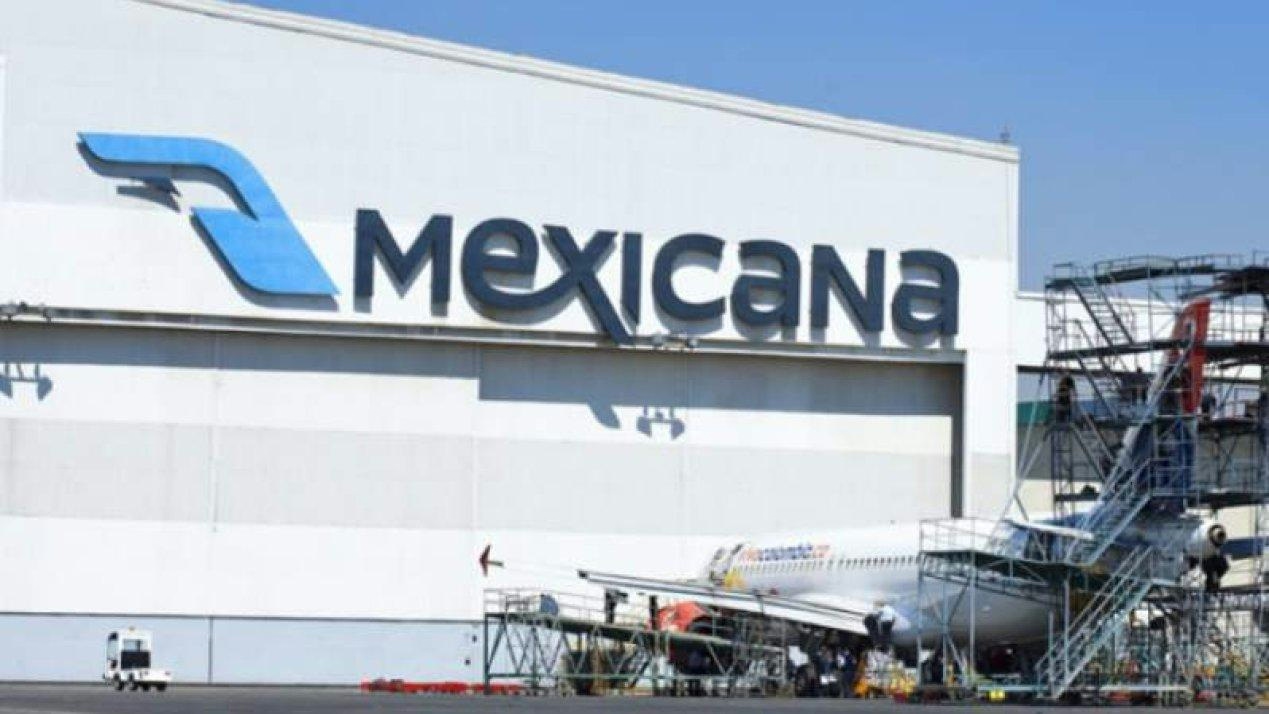
Mexicana MRO Deal Stalls Pending Banorte Extension Approval
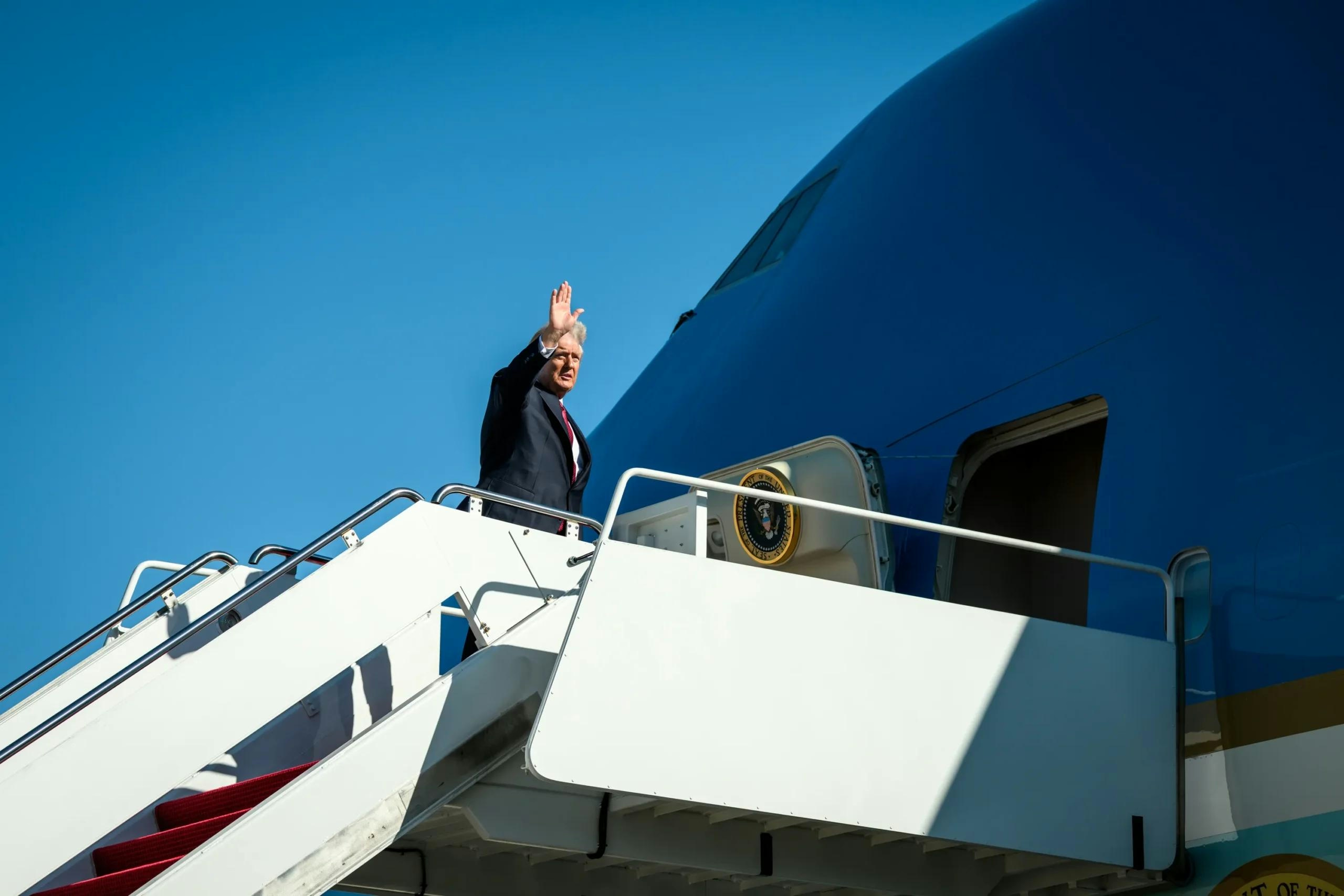
Trump's Policy on DEI Raises Concerns Over Aircraft Mechanic Training
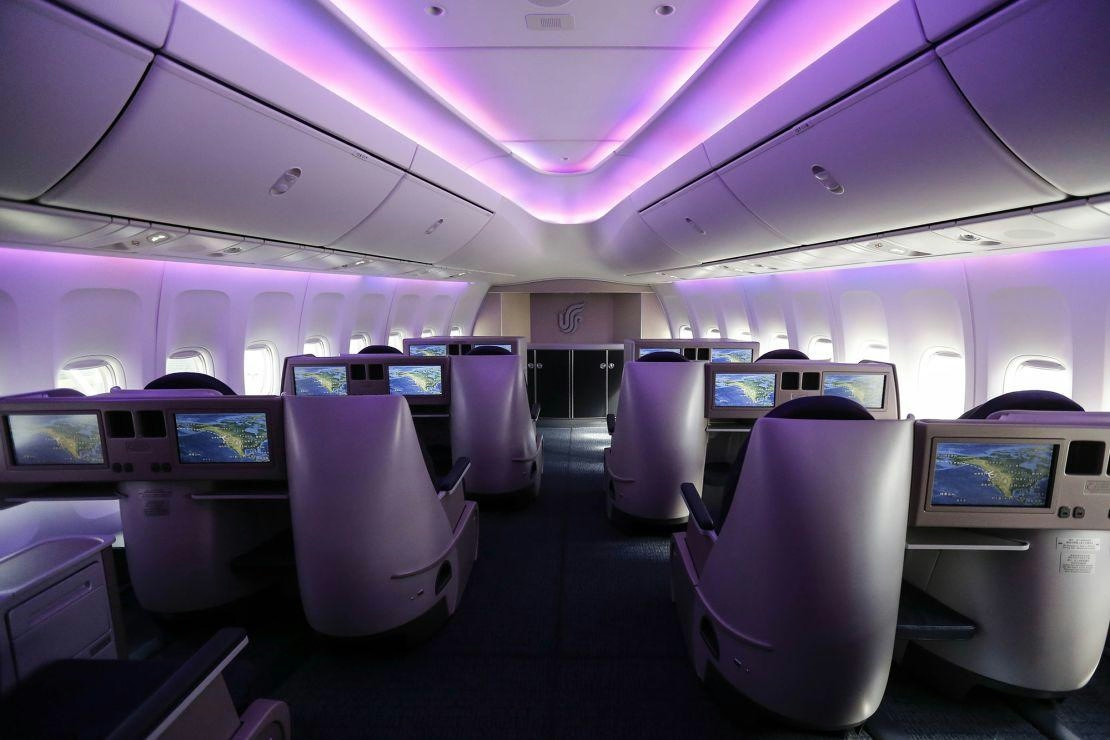
Why Boeing’s 747 Lacks a Full Second Deck Unlike the Airbus A380

Deutsche Aircraft Appoints Ernst-Georg Schröder Manager of Final Assembly Line for D328eco
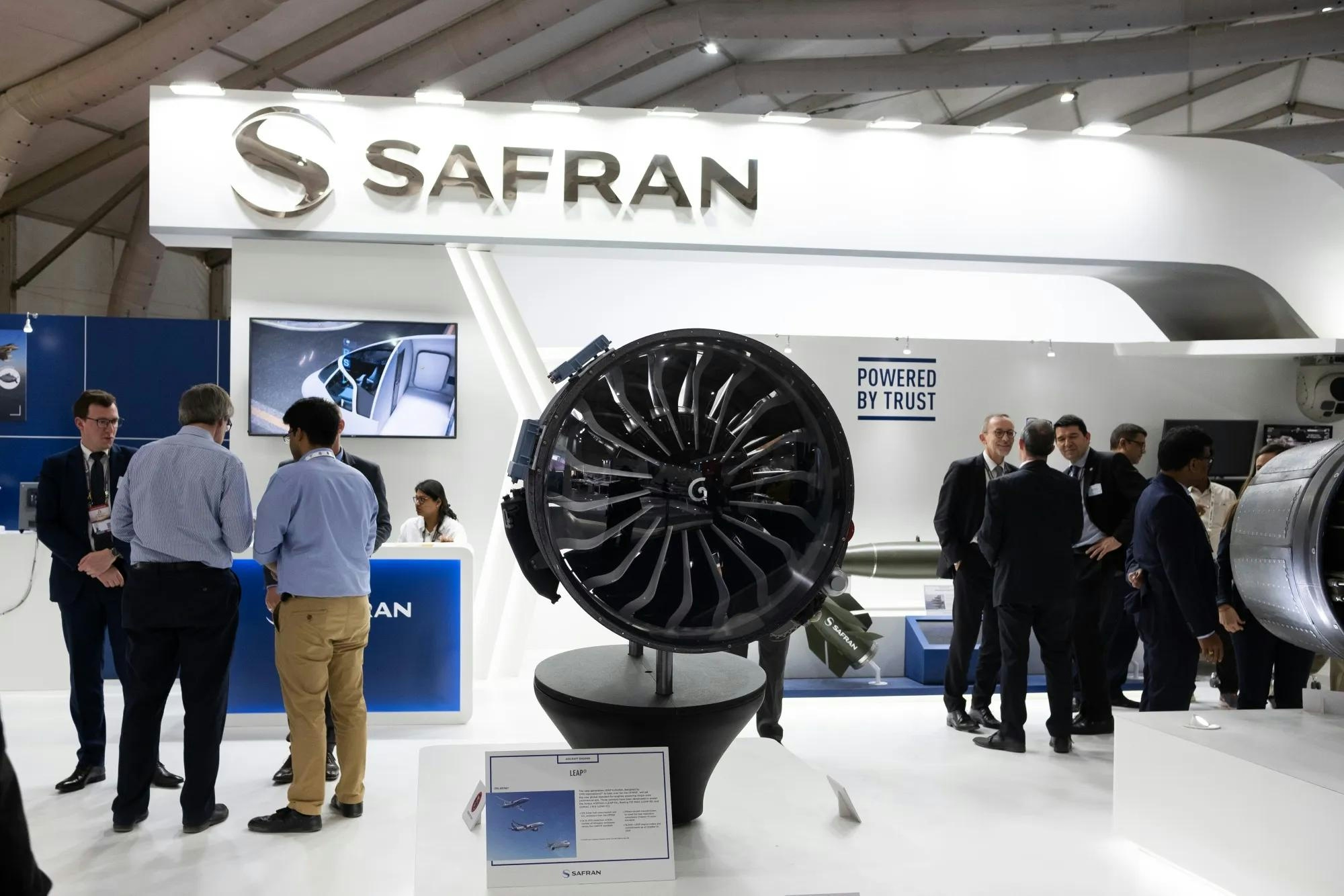
PM to Inaugurate Safran Aircraft Engine Services Facility in India on November 26
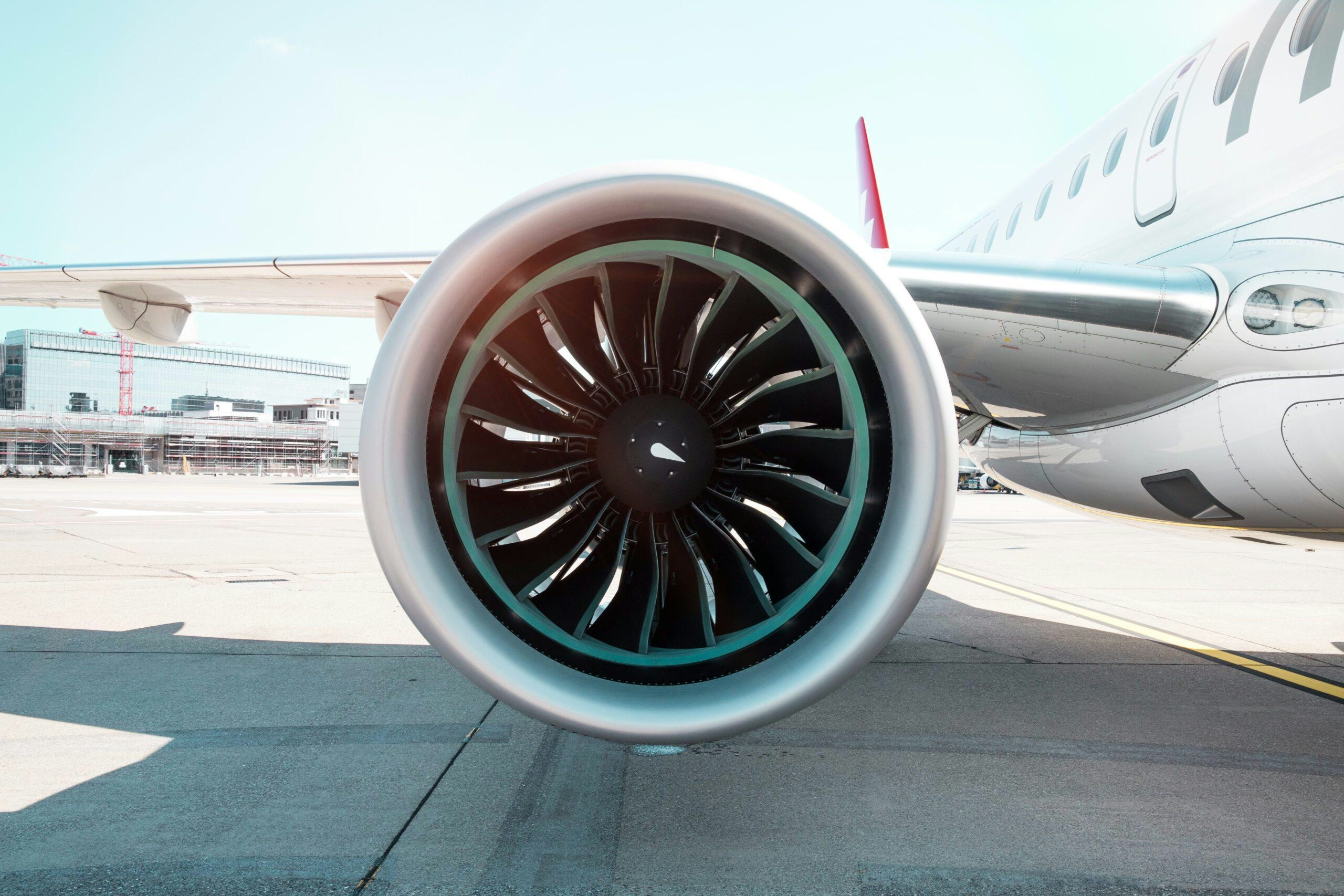
Leading Companies in Aviation Artificial Intelligence: Airbus, Amazon, Lockheed Martin, Tata Power, Thales
